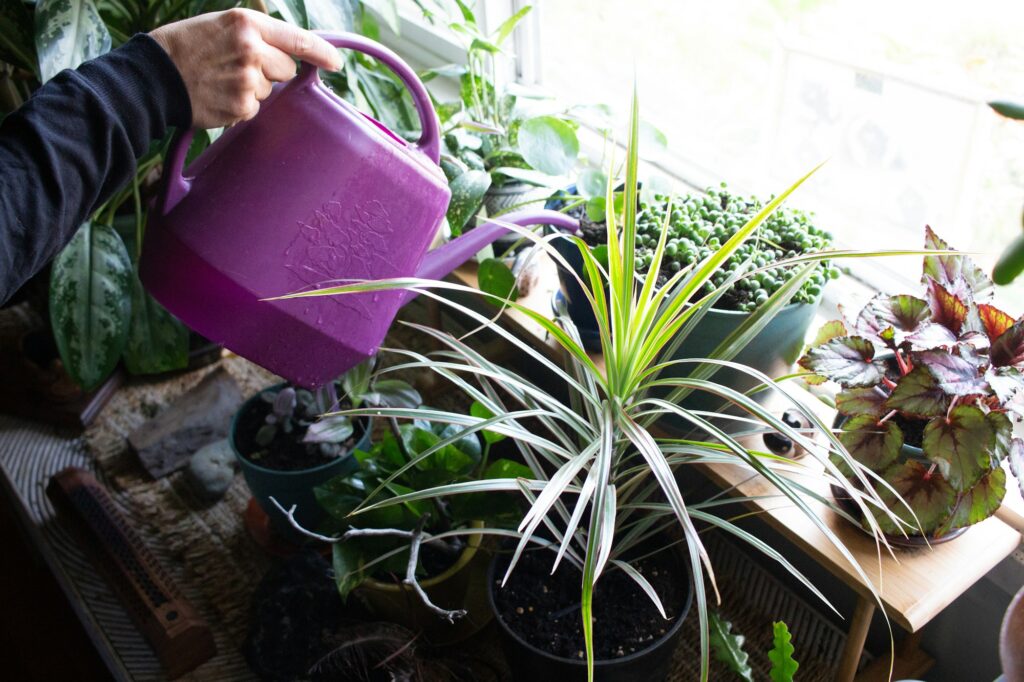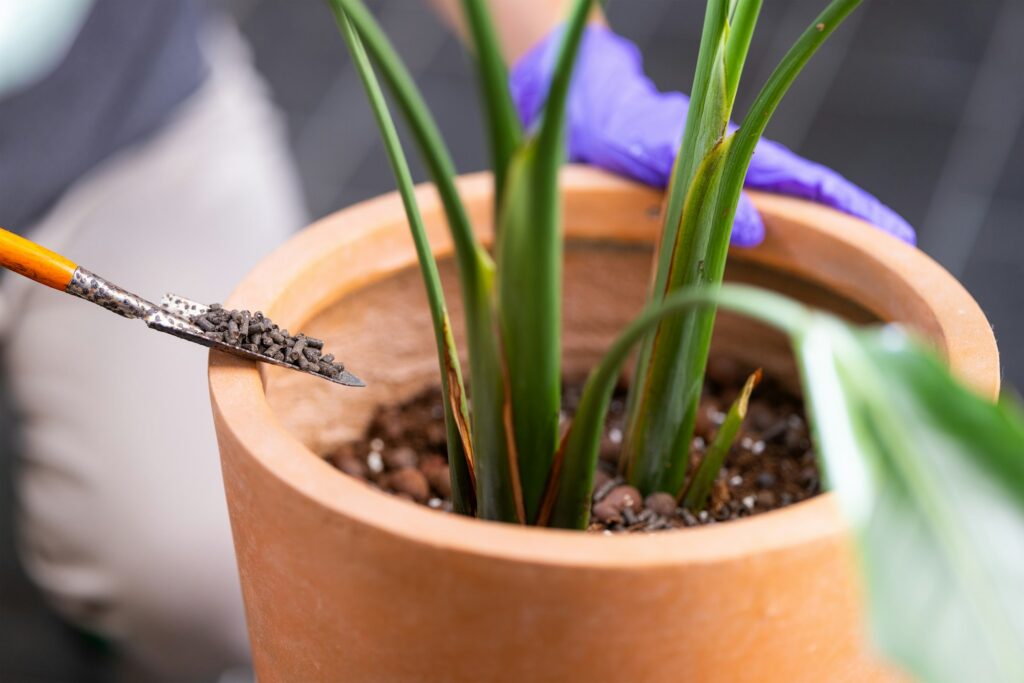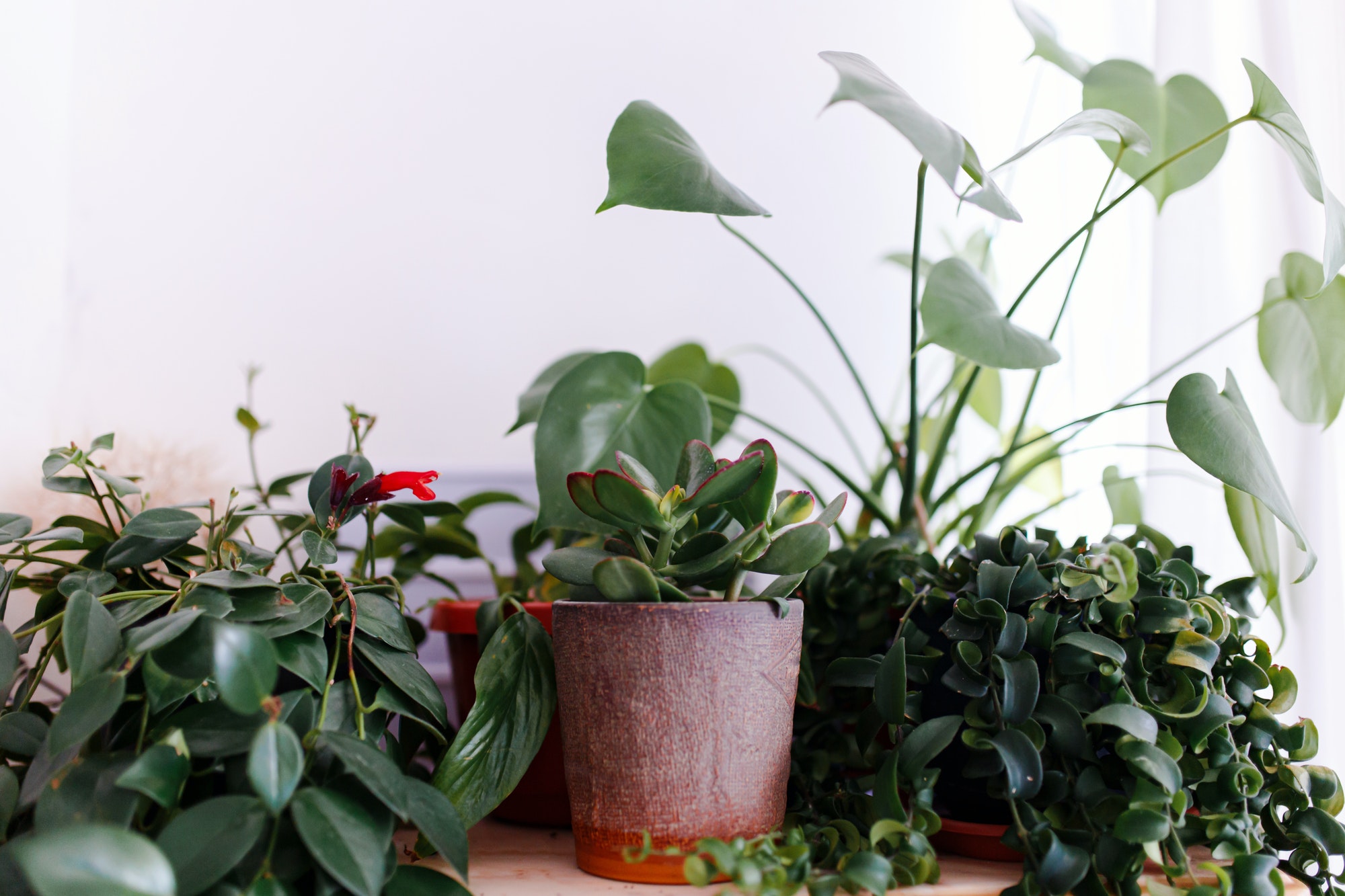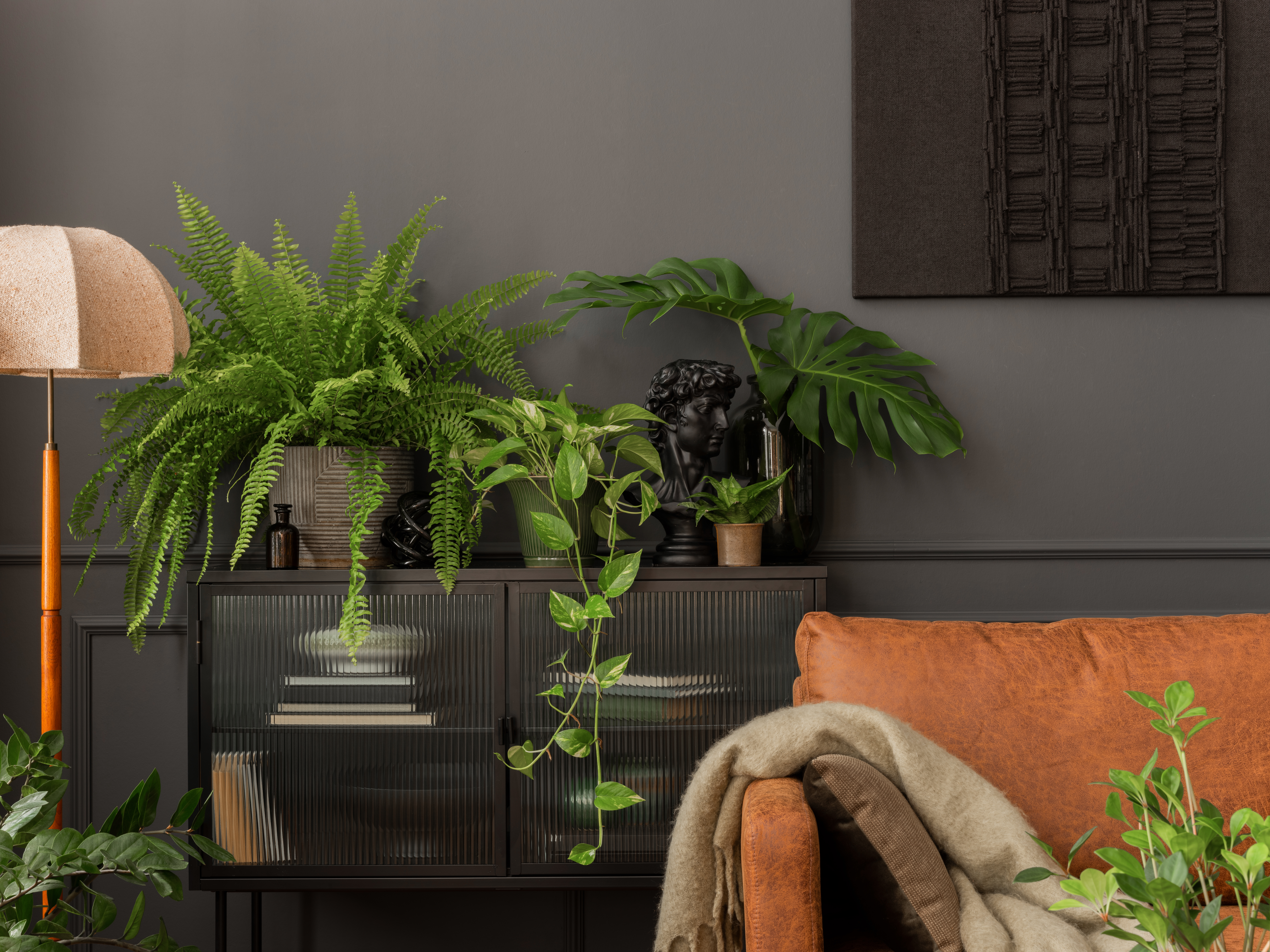Yup, the lush greenery of indoor plants – truly a delight for the senses and a spruce-up for any living space! But keeping those leafy companions thriving involves more than just occasional watering and hopeful glances. Today, let’s get neck deep into the world of fertilizing indoor plants. We’re not just talking about giving them a drink; we’re talking about a proper feast!
Understanding the Basics of Plant Nutrition
Before we get our hands dirty, let’s clear up what it means to “feed” your plants. Indoor plants need various nutrients to grow healthy and strong, and while they get some from water and air, a good fertilizer can be the equivalent of a gourmet meal. Here are the big three:
- Nitrogen (N): For lush, green leaves.
- Phosphorus (P): For robust root growth and blooming flowers.
- Potassium (K): For overall vitality and disease resistance.
Think of fertilizer as a balanced diet for your plants. Just as you wouldn’t eat only carbs all day (tempting as that might be!), your plants need a balanced mix of nutrients.
Choosing the Right Fertilizer
Walking down the garden center aisle can be overwhelming with all the options available. Here are some tips to pick the perfect food for your leafy friends:
- Liquid Fertilizers: Easy to apply, these are great for giving plants a quick nutrient boost. Mix them with water and use them to water your plants. It’s like a health drink for your green buddies!
- Slow-Release Granules: These are the set-it-and-forget-it of fertilizers. Sprinkle around the plant’s base, and every time you water, a small dose of nutrients is released. Perfect for the forgetful gardener.
- Organic Options: If you’re into a more natural approach, organic fertilizers made from materials like fish emulsion or worm castings are fantastic. They not only feed the plant but improve the soil’s health.

Fertilizing Techniques That Work Wonders
Now, let’s talk application. Fertilizing isn’t just about throwing some granules in and calling it a day. Here’s how to do it right:
- Read the Instructions: This might seem like a no-brainer, but it’s crucial. Over-fertilizing can burn your plants, and under-fertilizing can leave them malnourished.
- Seasonal Timing: Most indoor plants benefit from fertilizing in their growth period, typically spring and summer. During the dormant winter months, they often need a break.
- Dilution is Key: Particularly with liquid fertilizers, ensuring you dilute them as directed prevents nutrient overload, which can stress your plants.
My Personal Fertilizing Fiasco (And What I Learned)
Now, for a little story. Once, in my early plant-parent days, I decided my ferns looked a tad under the weather. Armed with a bottle of liquid fertilizer, I figured more was better, right? Wrong. Within a week, my ferns were yellowing at the speed of light – a classic case of over-fertilization. The takeaway? Always follow the dilution guide, folks. Less is often more when it comes to plant food.
Wrapping It Up
Fertilizing your indoor plants can seem like a science, but with the right tools and techniques, it’s more like an art. The key is understanding what your plants need and when they need it. With a bit of practice and a lot of love, you’ll be a green-thumb guru in no time.
So, whether you’re mixing a bespoke nutrient cocktail or going organic with compost teas, remember that the best meals are made with care. Happy fertilizing my Plant Rockstars!






